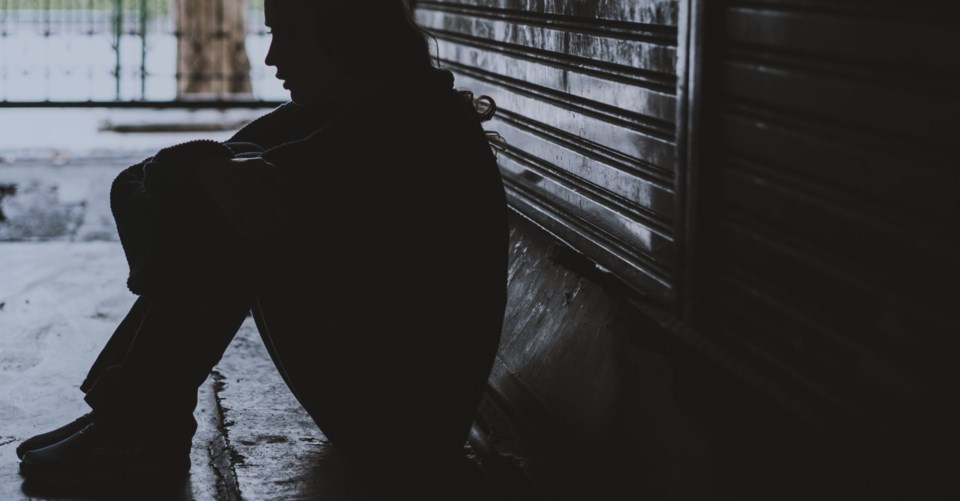On September 11, Agape Resource and Assistance Center hosted their second annual Freedom Forum, bringing together nonprofits from all over the community to talk about one huge, growing crisis: poverty in the wealthiest county in Texas.
“Our impoverished population is growing, but you don’t see it,” Reverend Janet Collinsworth, founder of Agape, said in her opening remarks. “We see families living with friends, in cars, in storage containers or extended stays.”
Every year, the volunteers and members of the Collin County Homeless Coalition (CCHC) go out on one of the coldest nights of the year and conduct a census of the homeless population. The census does not by any means account for all of the homeless people in the county, only the ones who could be found. According to the 2018 Collin County Homeless Census, gathered on one night, they found 427 homeless people.
Of Plano’s homeless population on that night, searchers found that 53 percent were women and 33 percent were children; 64 percent were employed.
Many more were not found and are keeping their desperate situation carefully under wraps.
The Freedom Forum has two goals: first to learn and second, to take action.
Behind Suburbia: A complete look at the homelessness problem in Collin County
Dr. Timothy Bray, the Director of the Institute for Urban Policy Research at The University of Texas at Dallas, spoke on the consequences of ignoring the growing crisis.
“There’s a cancer that is slowly eating at the fabric of our society,” he explained. “The cancer is not poverty, or illness or disease. It’s not one of the usual suspects … it’s in each of us. It’s indifference. Indifference is difficult to root out.”
The poverty line is oft-cited as a marker of the population’s status, yet can be misleading. It’s drawn at the point where, below the line, a family can’t possibly survive. However, poverty begins above the line. “Below the line, you are doomed,” Dr. Bray said. It’s an outdated concept. For a single mom with two kids, the poverty line is an annual income of $19,000. In 2016, 61,000 Collin County residents lived below the poverty line. A family within 185 percent of the poverty line is considered in crisis. That’s a family of three living on $35,773 a year.
“Data is just the barometer of our challenge,” Dr. Bray continued. “I submit first that our problem isn’t money, but indifference. That damages human dignity … We have to look first to our own hearts. The greatest good is done when I say, ‘How can I help?’”
Jessica Trudeau, the Director of Development and Strategic Partnerships for the Momentous Institute, pointed out that the problem is especially dire for children growing up in poverty. Momentous Institute, a leading provider of therapeutic and education services, operates on the idea that there is great power in believing in a child. “Every adult who works with a child has an opportunity to show them that regardless of what they’ve been through, you expect momentous things for them and you’ll help them get there,” she said.
A high percentage of Collin County’s homeless population is at work, keeping up appearances–and their children attending school. But they are bunking down with their possessions wherever they can: in storage units, in parks, in shelters or in friends’ houses, struggling in silence and under the radar.
Children blame themselves when their families undergo crises. Living in survival mode damages their ability to focus and make decisions. “What we need to understand is that two three-year-olds can walk into a classroom and already, their brains are wired very differently.” Often children who have been through trauma like homelessness act out and are labelled as “problem children.” They might be isolated, when really, they need support.
Jessica shared that 27 percent of PISD kids live in households with income under $32,630, meaning that they are in crisis. They are one crisis away from a possible eviction, one missed electric bill away from having a nice house with no power—or no house at all.
Today is North Texas Giving Day. If you’re looking for a place to donate your time, money or expertise, there are plenty of places to start right here at home. Here are just a few:
Agape Resource and Assistance Center
Grace to Change
Hope’s Door New Beginnings Center
Texas Muslim Women’s Foundation
For more, check here: northtexasgivingday.org




